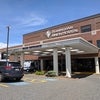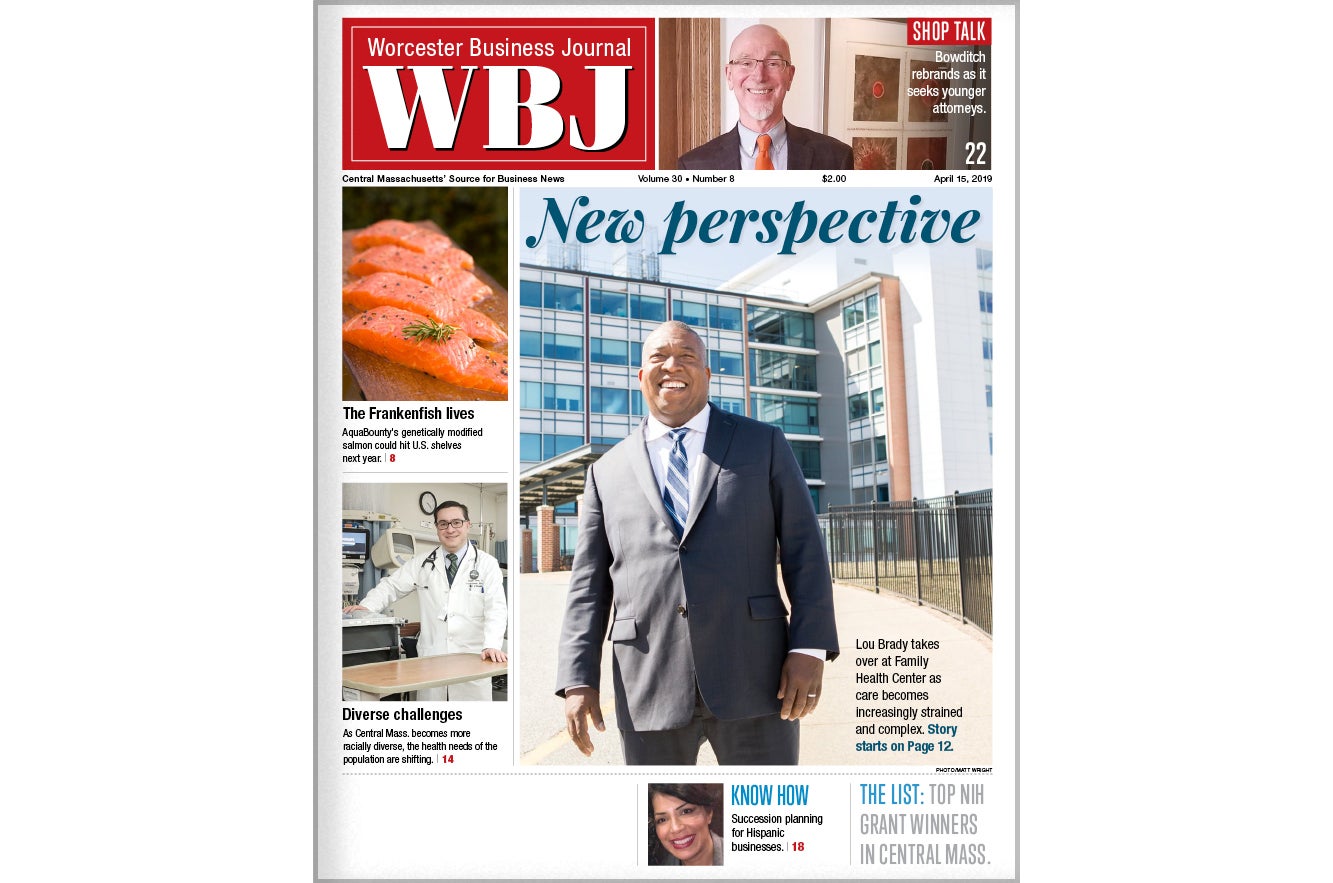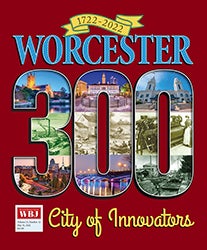Local Economists Predict Labored Recovery
The good news is that the MetroWest region is in recovery mode after a dismal economic slowdown during the past few years. The bad news: Recoveries are traditionally very slow.
That was the message from Maureen Dunne, an economics professor at the MetroWest Economic Research Center (MERC) at Framingham State University, who spoke at MERC's annual economic outlook event on May 6.
The overall tone of the event was one of optimism. Not full-fledged completely-out-of-the-recession optimism, but a general feeling that the worst of the slump is over and that the coming years will generally be better than the last few.
"It's certainly a better prognosis than last year," Dunne said.
Changing Demographics
MERC is run by a team of economists at Framingham State who have been studying the MetroWest economy and its trends for three decades.
"This is not your father's MetroWest," said Martha Meaney, a Framingham State professor who explained that as the region has grown, it has also diversified ethnically. In 1990, one in eight residents of the region were members of a minority group, while today, the number is about one in four.
Also during the past three decades, the region has transformed from a net exporter of jobs to a net importer. That means that there are now more jobs in MetroWest than there are residents, so people commute into the region.
The MetroWest region's payroll has grown from $1.6 billion in 1980 to $11.3 billion in 2009, according to MERC officials.
As for more recent economic trends, officials with MERC said the region is still recovering from the global economic slowdown.
The region's economy is powered by four "supersectors," Dunne said. They are: manufacturing; business and professional services; education and health; and trade/transportation/utilities. Those four sectors account for about 70 percent of the jobs in the region, according to Dunne.
Overall, the regional employment picture is fairly stagnant, she said. Wages were slightly higher in 2010 compared to the year before and the unemployment rate is down. Housing prices remain volatile, but permits for new homes are on the rise.
Despite the mixed review, the region remains strong.
In February, the MetroWest region had an unemployment rate of 5.6 percent, while the state rate was 8.7 percent and the national jobless rate was 9.5 percent.
Officials also explained some of the demographics of the region, including ones that illustrated just how much of a powerhouse Framingham is for the area.
Within MERC's definition of MetroWest - which includes 13 communities along Route 9 - Framingham is a dominant force. Almost a quarter of the residents in the area live in Framingham, and the town hosts the most number of jobs of the 13 communities.
Over the past 10 years, Hopkinton has experienced the largest percentage growth in population, with a 62-percent increase in the number of residents, compared to a 16-percent increase across the entire region and an 8.8-percent increase across the entire state.








0 Comments